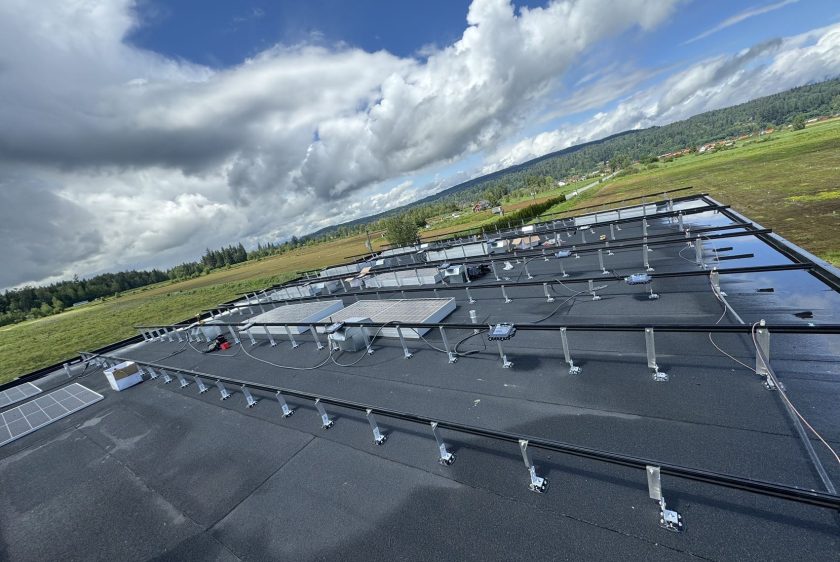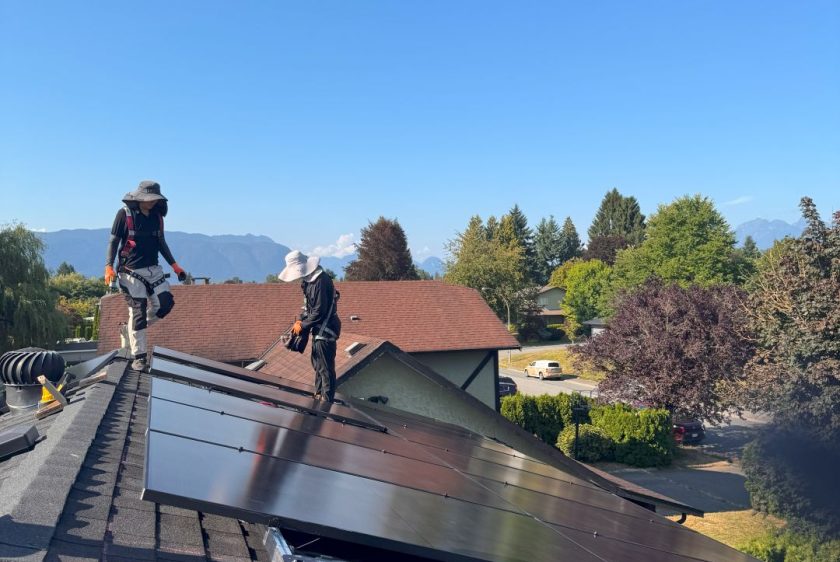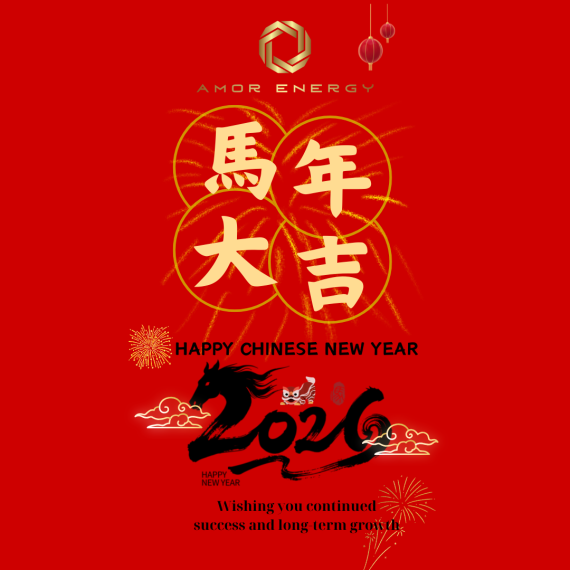0
FAQs
Welcome to the Amor Energy FAQ page! Here, we answer the most common questions about our energy solutions and services. If you need more information or have specific inquiries, feel free to reach out to us.
FAQs
EV Charger FAQ
If your panel has sufficient power, our basic installation is $799, including labour, permit, materials and 6m of wires.
If you don’t have sufficient power at home, you might need load management devices such as DCC-12, Load Miser or Simple Switch. The cost of these vary from $1300 ~ $1500. BC Hydro is currently offering $200 rebate for these devices.
If the place you intent to install is far from your electrical panel, we provide a free assessment and estimate. You can book it on our website.
If you don’t have sufficient power at home, you might need load management devices such as DCC-12, Load Miser or Simple Switch. The cost of these vary from $1300 ~ $1500. BC Hydro is currently offering $200 rebate for these devices.
If the place you intent to install is far from your electrical panel, we provide a free assessment and estimate. You can book it on our website.
An onsite assessment is required for an estimate. First, we need to see if the building has enough power. If there is sufficient power, then the distance between the electrical room and desired installation parking stall needs to be measured for cost estimates.
Cost ranges from $2000 ~ $5000, could be more if the parking stall is really far from the electrical room.
Cost ranges from $2000 ~ $5000, could be more if the parking stall is really far from the electrical room.
Usually a 100 or 125 AMP panel is capable of having a 30 or 40 AMP EV charger installed. If you have a 200 AMP panel, you may be able to install up to 60 AMP. We can know more after a load calculation. If there is not enough load capacity, a load management device allows you to install a EV charger without impacting the panel.
Electric vehicle charging equipment is commonly categorized into one of three types described below:
Level 1 Charging
A Level 1 equipment normally comes with electric vehicle purchase and provides charging through a 120 volt (V), alternating-current (AC) plug, also known as standard household outlet. Depending on the battery size and technology used in the vehicle, Level 1 charging generally takes 17 to 25 hours to completely charge a fully depleted battery. Another way to calculate range can be seen as Level 1 charging adds about 4 miles (6.4KM) of range per hour.
Level 2 Charging
Level 2 equipment normally does not come with an electric vehicle purchase, offers charging through a 240V, AC plug and requires installation of a charging equipment. These units require a dedicated 40 AMP or more circuit. Level 2 charging equipment is compatible with all electric vehicles and plug-in electric hybrid vehicles. Level 2 chargers have a cord that plugs directly into the vehicle in the same connector location used for Level 1 equipment.
Depending on the battery size and technology used in the vehicle, Level 2 charging generally takes 5 to 8 hours to completely charge a fully depleted battery. Another way to calculate range can be seen as Level 2 charging adds about 25 miles (40 KM) of range per hour. Level 2 chargers are commonly found in residential settings, public parking areas, places of employment and commercial settings.
Level 3 Charging
Level 3 equipment, also commonly known as DC fast charging, charges through a 480V, direct-current (DC) plug. Most Level 3 chargers provide an 80% charge in 30 minutes. This type of Level 3 equipment is not compatible with all vehicles, and level 3 equipment is currently not allowed for residential installation.
Note: Cold weather can lengthen the time required to charge.
Level 1 Charging
A Level 1 equipment normally comes with electric vehicle purchase and provides charging through a 120 volt (V), alternating-current (AC) plug, also known as standard household outlet. Depending on the battery size and technology used in the vehicle, Level 1 charging generally takes 17 to 25 hours to completely charge a fully depleted battery. Another way to calculate range can be seen as Level 1 charging adds about 4 miles (6.4KM) of range per hour.
Level 2 Charging
Level 2 equipment normally does not come with an electric vehicle purchase, offers charging through a 240V, AC plug and requires installation of a charging equipment. These units require a dedicated 40 AMP or more circuit. Level 2 charging equipment is compatible with all electric vehicles and plug-in electric hybrid vehicles. Level 2 chargers have a cord that plugs directly into the vehicle in the same connector location used for Level 1 equipment.
Depending on the battery size and technology used in the vehicle, Level 2 charging generally takes 5 to 8 hours to completely charge a fully depleted battery. Another way to calculate range can be seen as Level 2 charging adds about 25 miles (40 KM) of range per hour. Level 2 chargers are commonly found in residential settings, public parking areas, places of employment and commercial settings.
Level 3 Charging
Level 3 equipment, also commonly known as DC fast charging, charges through a 480V, direct-current (DC) plug. Most Level 3 chargers provide an 80% charge in 30 minutes. This type of Level 3 equipment is not compatible with all vehicles, and level 3 equipment is currently not allowed for residential installation.
Note: Cold weather can lengthen the time required to charge.
Yes, you can install an EV charger whether you live in an apartment or townhome. However, you will need to obtain strata approval before installation. We can help you with the process. Meanwhile, we can also provide an on-site assessment and give you an estimate.
BC Hydro is currently offering $350 rebate for customers who install EV chargers in single-family homes and townhomes, such as Tesla Wall Connector, Pion Power, Grizzl E, Wallbox and many more. If customers install ChargePoint or Juicebox chargers, they can get a $250 top up, which is $600 rebate in total.
However, rebate is not available if customers only install a 240V outlet.
For customers who live in apt/condo, BC Hydro is offering rebate up to 50% to $2,000 per charger purchased and installed. Pre-approval is required.
However, rebate is not available if customers only install a 240V outlet.
For customers who live in apt/condo, BC Hydro is offering rebate up to 50% to $2,000 per charger purchased and installed. Pre-approval is required.
FAQs
Solar System FAQ
In theory, yes, you can do it by yourself if you are not thinking about obtaining net metering. If you want to sell your solar generations back to BC hydro then you will need to have your system installed properly. Properly here we mean apply and obtain all permits before installation starts and pass all inspections upon completion in order to connect to BC hydro.
Most cities in Canada will require you to have a building permit in place before you start the installation; therefore, it is recommended that you check with your local city hall before installation if you are DIY your own system
Most cities in Canada will require you to have a building permit in place before you start the installation; therefore, it is recommended that you check with your local city hall before installation if you are DIY your own system
We provide 3 years of remote monitoring to ensure power generation up to expectation. In addition, we provide 3 years of periodic maintenance service to make sure system functionality checks up. Not only that, we will generate a monthly power report to keep you updated.
Just like your sun roof or window, solar panels need to be cleaned periodically to ensure optimized performance. Even though solar panel surfaces are specially treated to avoid dusk and other air particles from sticking on, it is still advised to be maintained periodically.
In our warranty agreement, we will provide 3 years of periodic maintenance service to make sure system functionality checks up. This includes two times a year of system cleaning. We do not advise you to clean it yourself without proper training. The reasons are: First, the system is connected to the grid and you will be risking yourself to electrical shock if you tamper with the active connections; Second, the system is on the rooftop you will be risking yourself from falling; Third, solar panels surfaces are specially treated, therefore, using improper cleaning solution might damage the surface coating on the panels.
When solar panels are completed covered by snow, no power will be generated. However, when portion of the panel are not covered by snow, the panel will start generating power.
Once it started, the panel gradually warms up and will eventually melt the snow covering other parts. There is another solution for areas with super heavy snowfall, that is to install bi-facial module. Bi-facial module can generate power from both sides. This means when one side is covered in snow the other side facing down can absorb sun-light reflecting from the ground to generate power, and eventually, the entire panel warms up and melt snow covering.
Once it started, the panel gradually warms up and will eventually melt the snow covering other parts. There is another solution for areas with super heavy snowfall, that is to install bi-facial module. Bi-facial module can generate power from both sides. This means when one side is covered in snow the other side facing down can absorb sun-light reflecting from the ground to generate power, and eventually, the entire panel warms up and melt snow covering.
FAQs
Solar Equipment FAQ
We provide 15 years of combined experience of product warranty and 25 years linear power output warranty.
FAQs
Heat Pump FAQ
The cost of installing a heat pump depends on factors such as the type and size of the system, the complexity of the installation, and any additional components needed (like ductwork or thermostats). On average, heat pump installations can range from $3,000 to $10,000 or more. Government rebates and incentives can help reduce the overall cost.
Heat pumps are suitable for a wide range of climates, including areas with cold winters like Vancouver. However, the efficiency of a heat pump can vary based on factors such as the size and insulation of your home, local climate, and your heating and cooling needs. A professional assessment can help determine if a heat pump is the right choice for you.
Regular maintenance is essential to keep your heat pump running efficiently. This includes:
Cleaning or Replacing Filters: Filters should be checked monthly and cleaned or replaced as needed.
Annual Professional Maintenance: A professional should inspect and service your heat pump annually to check for refrigerant levels, electrical connections, and overall system performance.
Clearing Debris: Keep the outdoor unit free of debris, such as leaves and snow, to ensure proper airflow.
Cleaning or Replacing Filters: Filters should be checked monthly and cleaned or replaced as needed.
Annual Professional Maintenance: A professional should inspect and service your heat pump annually to check for refrigerant levels, electrical connections, and overall system performance.
Clearing Debris: Keep the outdoor unit free of debris, such as leaves and snow, to ensure proper airflow.
With proper maintenance, heat pumps typically last between 15 to 20 years. Regular servicing and timely repairs can help extend the lifespan of the system.
Yes, heat pumps can often be integrated with existing heating systems, such as furnaces or boilers. This is known as a dual-fuel or hybrid system, where the heat pump handles the majority of the heating and cooling, and the existing system provides backup heating in extremely cold temperatures.
When hiring a heat pump installer, consider the following:
- Experience and Qualifications: Ensure the installer is experienced and certified to work with heat pumps.
- References and Reviews: Check customer reviews and ask for references.
- Warranty and Service Contracts: Understand the warranty and any service contracts offered.
- Cost Estimates: Get detailed cost estimates and ensure they include all aspects of the installation.
FAQs
Energy Storage System FAQ
To determine the appropriate size of an energy storage system, consider:
A professional energy assessment can help you choose the right system size for your specific needs.
- Your average daily energy consumption.
- The desired amount of backup power (e.g., for essential appliances or the whole home).
- The size and output of your renewable energy system, if applicable (e.g., solar panels).
- Your budget and any available incentives.
A professional energy assessment can help you choose the right system size for your specific needs.
The storage capacity of an energy storage system depends on the size and type of batteries used. Capacity is typically measured in kilowatt-hours (kWh). For residential systems, capacities often range from 5 kWh to 20 kWh or more, depending on the household’s energy needs.
Yes, energy storage systems can be integrated with solar panels to store excess solar energy generated during the day for use at night or during cloudy periods. This setup is known as a solar-plus-storage system and enhances energy independence and savings.
The lifespan of an energy storage system varies based on the type of batteries used, how often they are charged and discharged (cycled), and the maintenance they receive. Typically, lithium-ion batteries last between 10 to 15 years, while lead-acid batteries may last 5 to 10 years.
Energy storage systems generally require minimal maintenance. However, regular checks are recommended to ensure the system is functioning properly. Maintenance may include:
- Inspecting battery health and performance.
- Ensuring proper ventilation and cooling.
- Updating software or firmware for monitoring systems.
- Checking connections and inverter performance.
Yes, energy storage systems can provide backup power during outages. The amount of power and duration depends on the system’s capacity and the energy demands of your home or business. Systems can be configured to power essential appliances, such as refrigerators and medical equipment, or to provide full home backup.
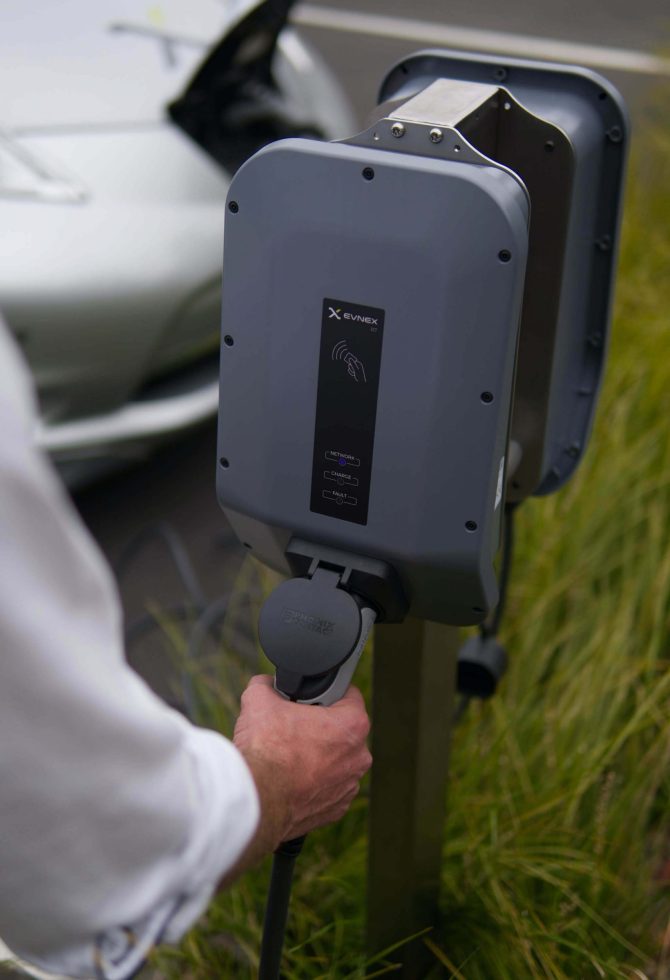
Certified & Partnership with BCHydro, Tesla, BBB A+, Flo, Chargepoint
Partner with Amor Energy – Award-Nominated Excellence
Talk to us today about how we can support your imagination, save your cost, put you on a solid track to starting earning and contribute to a greener earth.
01
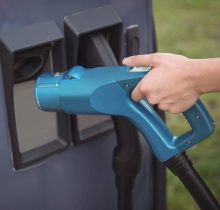
Assessment
We start by conducting a thorough site assessment to understand your specific needs and requirements. This ensures that we can design the most efficient and effective solution for your EV charging or energy installation project.
02
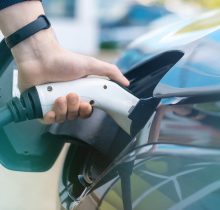
Formal Quote
Based on our assessment, we provide you with a detailed and transparent quote, outlining all costs and options. We ensure that you receive the best value for your investment with no hidden fees.
03

Scheduling
Once you approve the quote, we work with you to schedule the installation at a time that’s convenient for you. Our team coordinates all aspects of the project to minimize disruption and ensure timely completion.
04

Install
Our experienced technicians carry out the installation with precision and care. Whether it’s EV chargers or solar panels, we ensure that every component is installed to the highest standards, setting you up for success with your new energy solution.
News, Reviews, And Analysis
Most Recent Articles
December 23, 2025
Amor Energy
How Energy Storage Systems Save Costs for Vancouver Office Buildings: A Case Study
A Real-World Case Study from Downtown Vancouver As electricity costs continue to rise, managing peak demand and controlling operational expenses has become a critical challenge fo...
December 2, 2025
Amor Energy
BC Hydro Residential Battery Rebates Are Changing in 2026: What Homeowners Need to Know
Starting April 1, 2026, major updates are coming to BC Hydro’s Residential Battery Rebate Program. For homeowners planning to install a battery or a combined solar + battery syst...
October 28, 2025
Amor Energy
Accessing BC’s Home Energy Rebates: The Importance of Working with an HPSC-Certified Contractor
Your Guide to BC's Home Energy Rebates: Working with an HPSC-Certified Contractor If you're a homeowner in British Columbia considering upgrades like an electric vehicle charger,...
Quick Contact
If you have any questions or need help, feel free to contact with our team.
#620 – 6378 Silver Ave. Burnaby, BC V5H 0J2
Get Directions 
